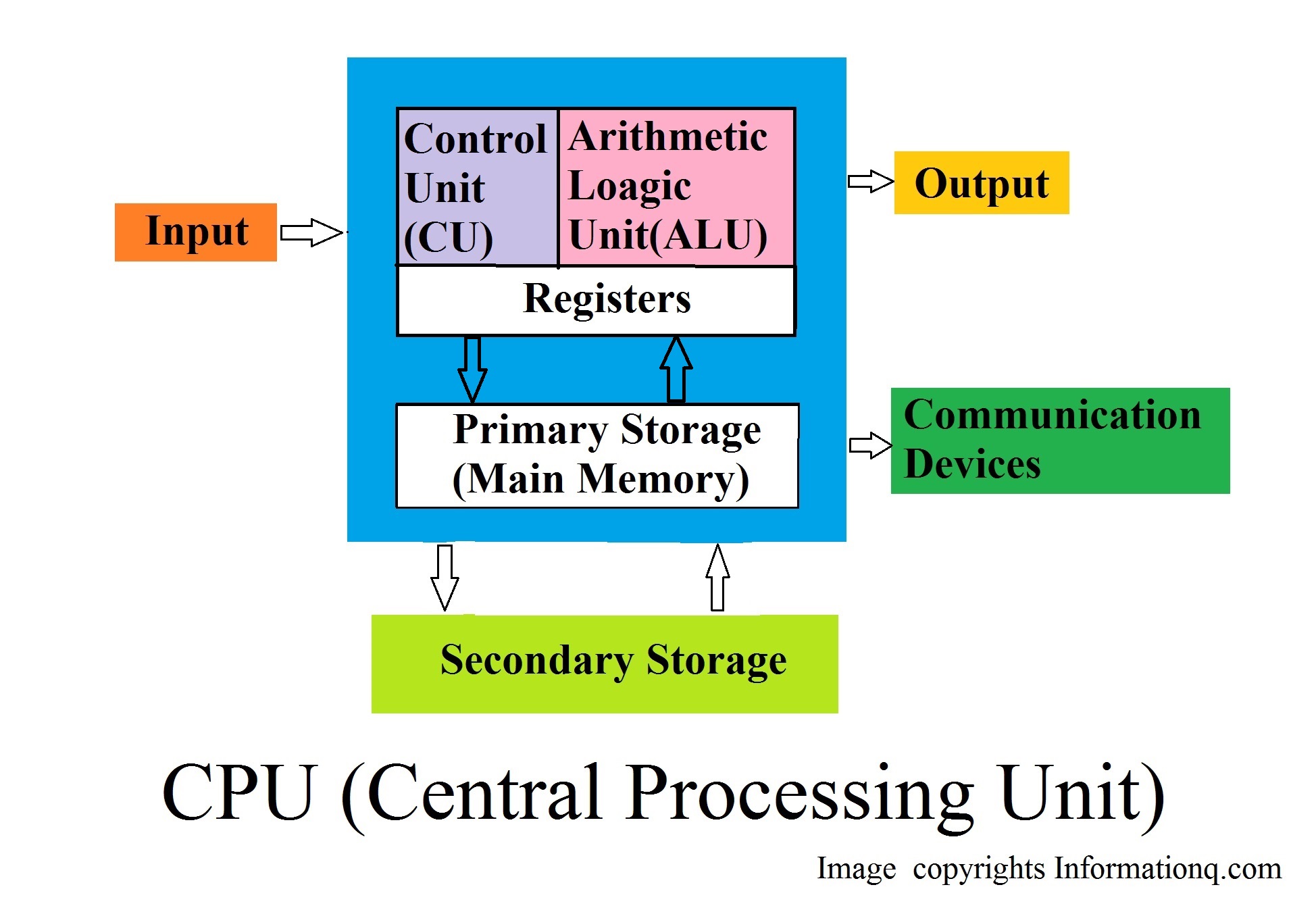Redefining Innovation: The Importance of Unused Tech Parts
In the current fast-paced technological landscape, advancement frequently arrives at a price—in terms of cost, environmentally, and practically. Nonetheless, there is a hidden treasure that many overlook in their quest for the latest and greatest: excess computer parts. used computer equipment , once destined for the landfill or relegated to the back of tech warehouses, can breathe new life into systems, power budget builds, and contribute to eco-friendly practices. Whether you are a seasoned tech enthusiast or a recreational user looking to upgrade your system, knowing how to navigate the world of surplus parts creates a realm of possibilities for innovation and savings.
The following guide will delve deep into the intriguing world of surplus computer parts, providing you with key insights and tips to make informed decisions when buying reliable components. From identifying high-quality GPUs to evaluating used motherboards and connectivity devices, we will cover all you need you need to think about to find reliable parts that won't break the bank. With the right knowledge, buying for surplus computer components can be an enriching experience, allowing you to innovate your tech configuration while promoting affordability and sustainability.
Opting for High-Quality Overstock Parts

As you browsing for surplus computer parts, it is important to evaluate the integrity of the components you are considering. Every single surplus parts vary greatly, and some may have been defective, badly restored, or neglected. Begin by looking into the seller's trustworthiness; search for feedback or assessments from previous buyers. A reputable seller will often supply thorough information of the components, noting any imperfections, which can aid you in your decision-making.
After that, inspecting physically is vital. If possible, examine the parts face-to-face. For items like motherboards or graphics cards, be on the lookout for visible signs of wear such as blemishes, corrosion, or broken ports. Ensure that the components have their initial packaging, as this can at times indicate they have been well cared for. Pay close attention to the condition of the capacitors and other small components that may reveal how properly the part has been kept over the years.
Lastly, confirm the specifications and fit of the surplus parts with the hardware you have. Even high-quality components can be ineffective if they are not fitting with the hardware in your system. Investigate the model numbers and specifications on the internet to confirm that the surplus parts meet your needs. Additionally, consider the return policy of the seller, as a favorable return policy can provide reassurance in case the components malfunction once put into your system.
Enhancing Worth: Advice for Purchasing Surplus Parts
When dive into excess computational parts, the primary move to boosting value is to perform in-depth research. Get accustomed yourself with the brands and types that are recognized for dependability and durability. Check at ratings and consumer opinions to comprehend which parts have a good track record. Create a list of essential components you are looking for and organize in line with your financial plan and criteria. This preparation will ensure you recognize what to search for and assist you find valuable offers among the clutter of options.
Afterward, consistently examine the products you are thinking about meticulously. For parts like motherboards, graphics cards, and CPUs, it's crucial to inspect for physical signs of damage, such as corrosion or damage to pins. Verifying operation when feasible is important; many vendors offer for testing before buying. Additionally, keep in mind asking for guarantees or return agreements, as these can provide peace of mind and safeguard your investment. When acquiring online, look for vendors with strong ratings and favorable feedback.
In conclusion, the timing of your purchases can greatly influence the value of excess parts. Stay an eye on periodic trends and discounts that might create savings. Sometimes, end-of-line stock or liquidation events can yield substantial savings. Becoming part of online communities or communities that specialize in leftover parts can similarly give insights on where to locate the most advantageous deals and notices on impending discounts or sales events. By being surplus computer monitors in your approach, you can boost the value of your surplus acquisitions.
Safety and Testing for Pre-owned PC Parts
When considering the purchase of used PC parts, safety should be a primary concern. It's essential to buy from trustworthy sources that offer guarantees or refund options, as this provides some guarantee against defective items. Ensure that the parts have been carefully examined and tested for operational integrity. This is particularly important for components like circuit boards and power supplies, as they may harm to your entire system if they fail.
Evaluating used parts before setup is crucial to prevent expensive mistakes. For instance, when buying video cards or hard drives, check for indicators of wear and tear, such as physical damage, marks, or oxidation. Use applications to assess and evaluate these components to ensure they perform as expected. Additionally, always check compatibility with your current setup to avoid any issues during installation.
Lastly, take into account environmental factors when purchasing excess parts. Ensure that the parts have been kept properly, away from humidity and harsh climates that could affect their lifespan and performance. If feasible, ask the seller about the prior use of the parts, as intensive usage could indicate a diminished duration. Taking these measures can ultimately lead to a safer and more satisfactory experience when buying used computer parts.